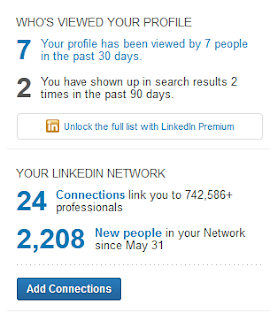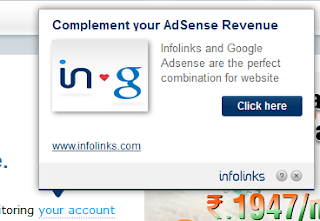PageRank is one of the factors webmasters considers in measuring their progress. Newbies are so obsessed with this PageRank thing that they Check PageRank almost weekly although they are familiar with the fact that its not gonna change until the next PageRank update.
Google has updated PageRank quarterly in the year 2012:
▌ 7 February 2012
▌ 2 May 2012
▌ 2 August 2012
▌ 7 November 2012
The only update in this year has been on
▌ 4 February 2012.
Going by the trend, the next update would have been in the 1st week of May. However, there is no still sign of it.
Google has updated it at a consistent base in the last year. There are predictions all over the internet with PageRank update rolling in the last week of June, still no one is sure of it.
Now what if Google do not updates PageRank this quarter?
This may provide a relief to blogs that have used black hat SEO and link building strategies like buying backlinks. However, for a small publisher like me and thousands other who are practicing healthy link building strategies, its a sad news. An increase of 0 to 1 in PageRank is really a motivation to small bloggers. The delay or cancellation of Update this quarter will only make us wait for another 3 months to measure the progress.
Hoping for the next update to roll out soon. Fingers crossed. !!
mb.
 |
| Google Page Rank update 2013 |
Google has updated PageRank quarterly in the year 2012:
▌ 7 February 2012
▌ 2 May 2012
▌ 2 August 2012
▌ 7 November 2012
The only update in this year has been on
▌ 4 February 2012.
Going by the trend, the next update would have been in the 1st week of May. However, there is no still sign of it.
Google has updated it at a consistent base in the last year. There are predictions all over the internet with PageRank update rolling in the last week of June, still no one is sure of it.
Now what if Google do not updates PageRank this quarter?
This may provide a relief to blogs that have used black hat SEO and link building strategies like buying backlinks. However, for a small publisher like me and thousands other who are practicing healthy link building strategies, its a sad news. An increase of 0 to 1 in PageRank is really a motivation to small bloggers. The delay or cancellation of Update this quarter will only make us wait for another 3 months to measure the progress.
Hoping for the next update to roll out soon. Fingers crossed. !!
mb.





























